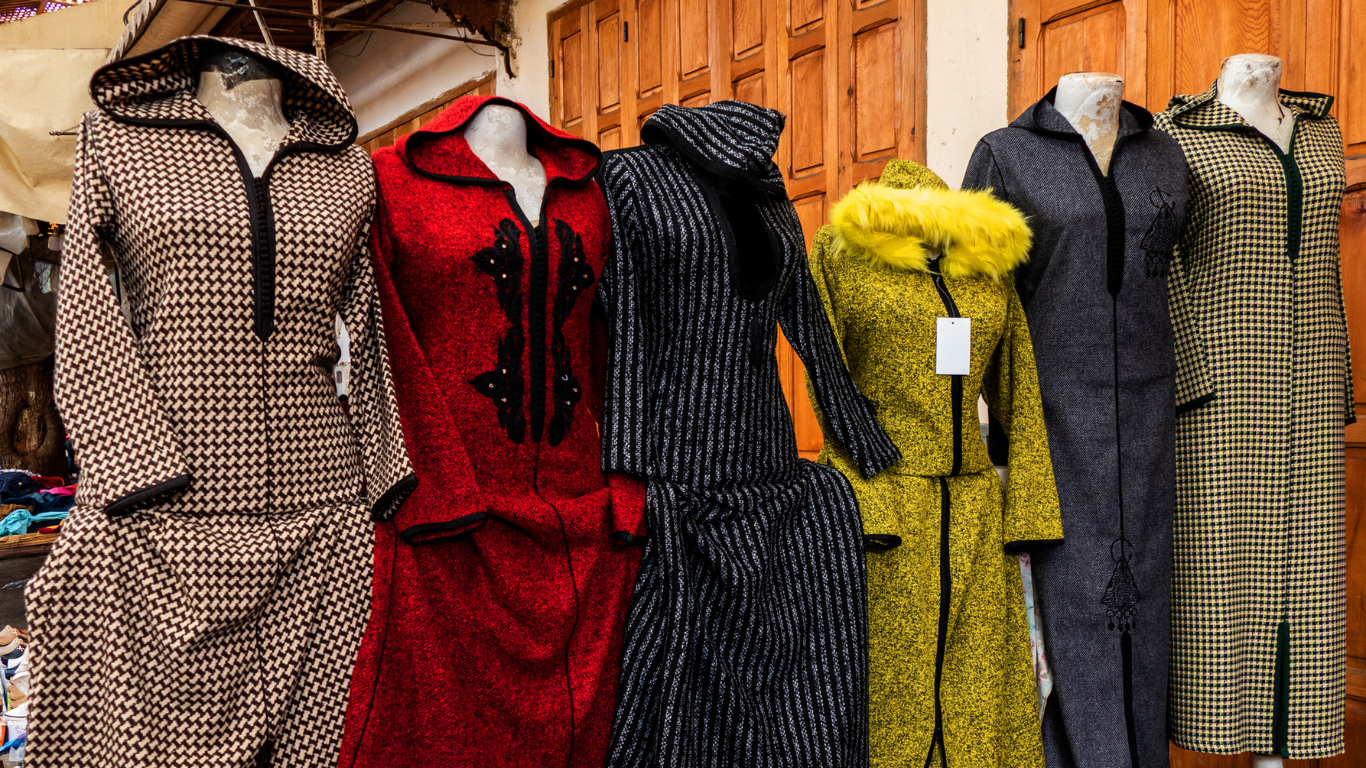Table of Contents
Morocco is full of old-fashioned predecessors, customs, traditions, history, and culture. Its traditions, culture, and astonishing beauty are all the factors that attract tourists from all over the world.
As the Moroccans conveyed their heritage, they kept their Traditional Moroccan Clothing. Their old custom clothing includes not only women’s outfits but also men’s young, old, and children’s garments.
Challenges to Save Traditional Moroccan Clothing
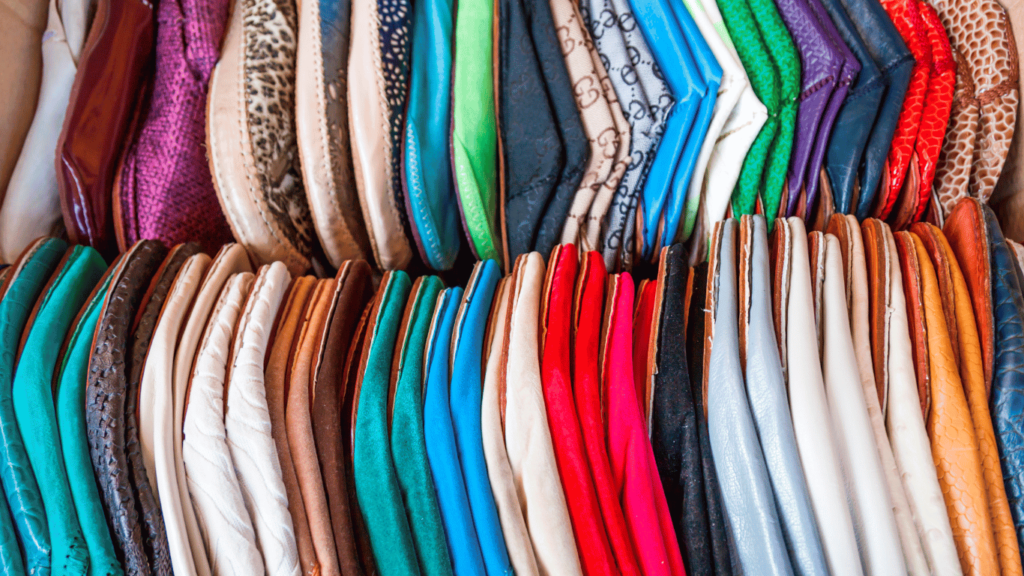
Of course, without care for developing and advanced variations in fashion, their inhabitants promote traditional garments. However, some young generation people adopted Western garments. The clothes are not only attractive but are according to their religious requirements and keep comfortable.
Read more about the heritage and folk dress of the country so that you can communicate with the traders and buy some local brands.
The Djellaba (Robe)
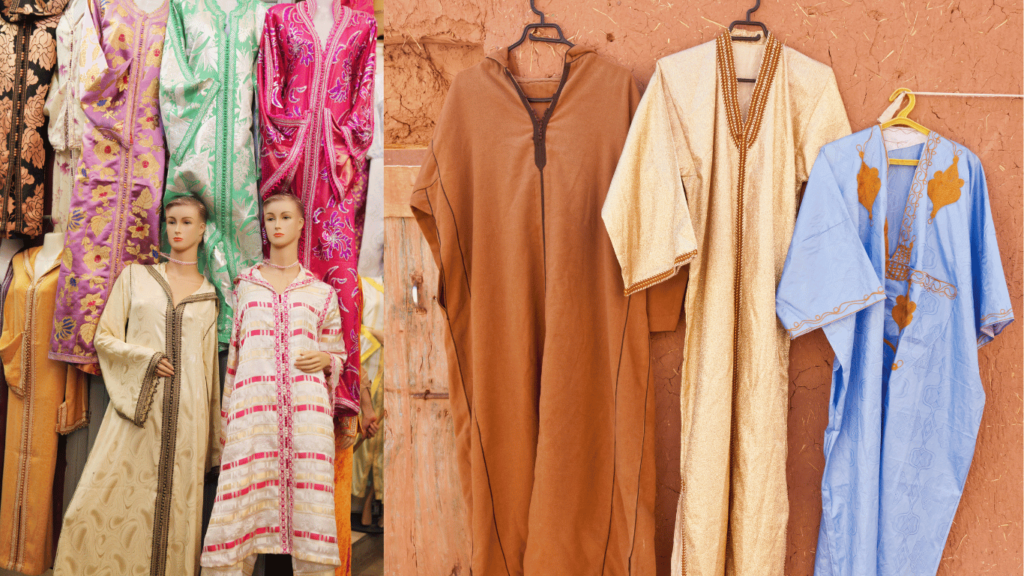
The djellaba is a loose dress that covers the whole body from top to bottom. Usually, people wear other clothes under it. The men and women both wore the design not only in Morocco but it may also wear in some of North Africa.
The woolen-made clothes that people usually prefer in the winter season because they can resist better to cold. While the cotton is light and worn in summer weather to keep cool.
The dress is especially important because people prefer it on special occasions as well as daily. It has multiple colors and brands. Additionally, the djellaba is a tremendously elegant and famous dress.
Moroccan kaftan
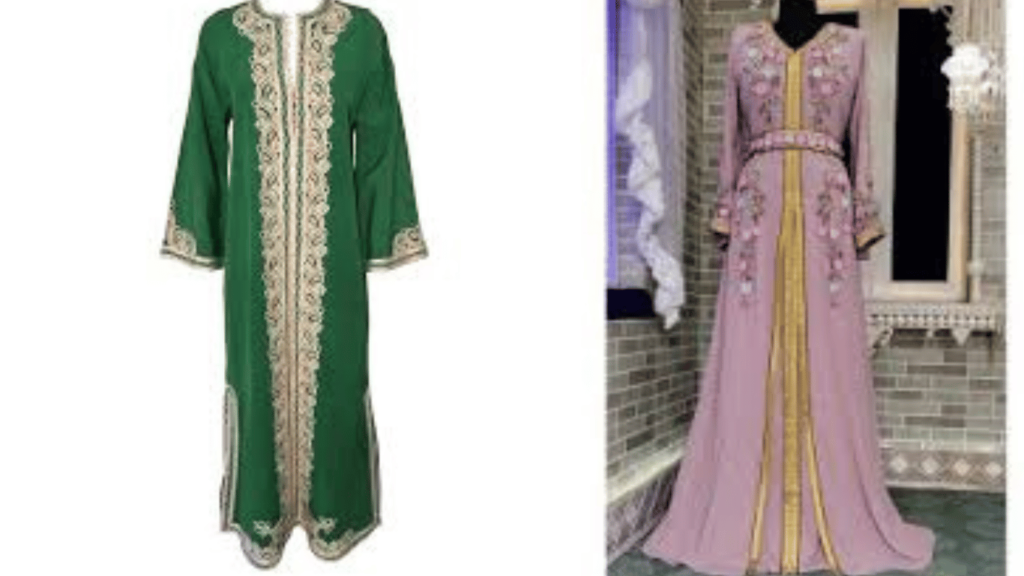
The term kaftan describes a piece of clothing that women wear from both ends with any defect. Morocco is found in most historical countries. The kaftan dress is the same as the history of Morocco, which is old.
The robe is also long, covering from head to foot, made of wool and cotton. It is also bedecked with dribbled beads that enhance the look and attraction. It is a loose unfitting type of dressing that keeps the body active and comfortable.
Unlike the djellaba, which both men and women wear, men do not wear this particular garment. The artistry is also practiced in Algeria and Tunisia. Additionally, it’s a dress that holds global recognition, as visitors enhance their trips to Morocco by experiencing it
Takchita
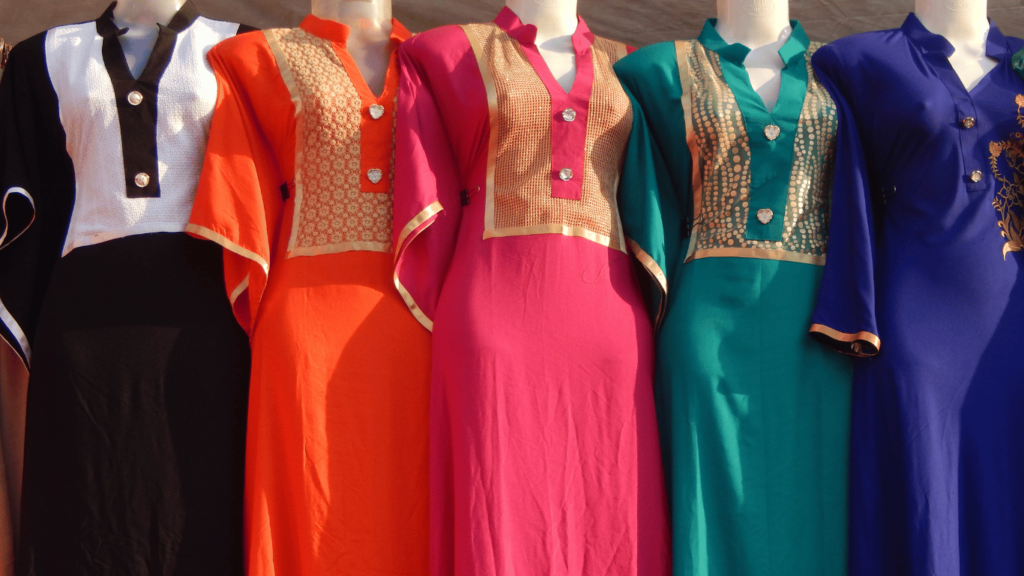
This is another famous and fabulous dress for women dressed in joyful ceremonies. It is not complete without a kaftan that role as underdressed. The Takchita is overdressing in that it has a belt on the waist. The belt may be gold, silver, or any other material that covered the Mdama emeralds or rubies.
The robe has several types of fabrics material, such as Kashmiri. This fabulous, expensive suit is brocade made with high-quality brocade. The belt on the waist is also called Mdama in their native language.
Additionally, Takchita is often dressed on particular days of the wedding or any other ceremony. It has special value due to its fantastic style and glimpse. The tourists bought them for their friends and family. So it is becoming famous out of Morocco.
The Haik: Cultural dress
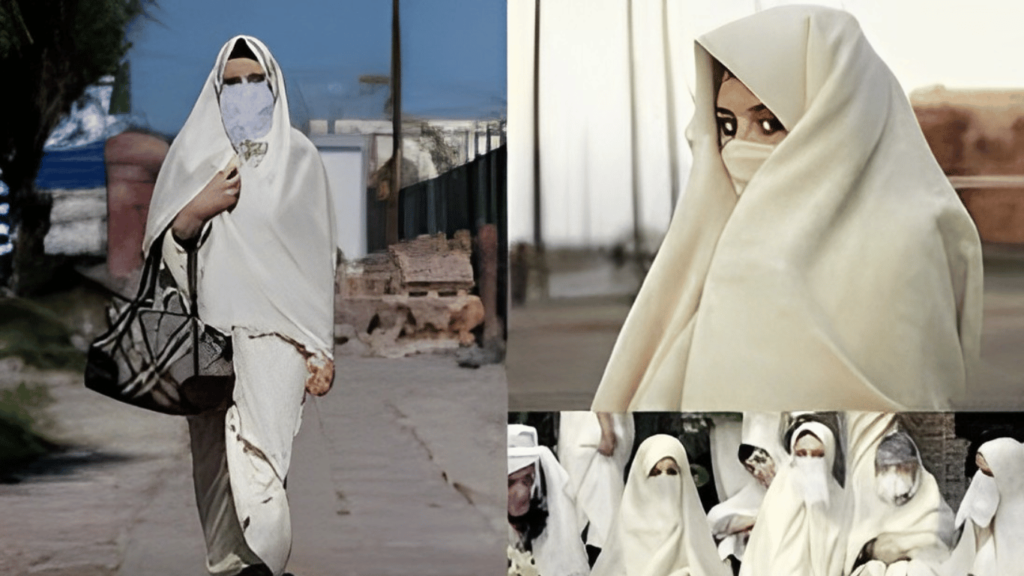
This dress, which women usually wear when they leave home, provides complete body coverage. It covers the body except the face and hand. The dress is a sign of safety and modesty.
Further, Hike is a traditional and cultural dress white in color only for women to hide their bodies according to their religion.
The Gandoura

This is another outfit that individuals of all genders wear during the summer. It is the woven thread that keeps the human comfortable and graceful.
The Gandoura is a Berber traditional robe famous in Algeria. The dress is woven with short sleeves. The Berber dress is hoodless with a simple design.
Both men and women used to wear it in the coastal areas of the Moroccan country, emitting a distinct style. It demonstrates the actual passion of the coastal line life.
The Jellaba Malhfa
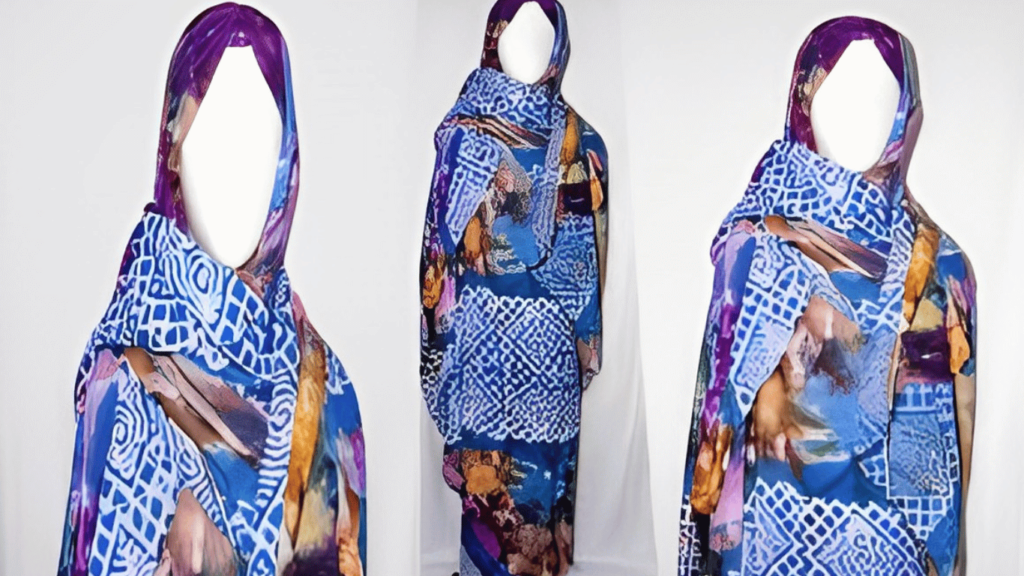
It’s a dress primarily worn by women in rural areas during labor-intensive activities. Its loosely tight fit makes it suitable for hardworking and easy for dynamic activities. The women preferred it for the maintenance of household tasks and agricultural work.
Sahrawi women in Southern Morocco wear it most commonly to protect themselves from the sand. Typically, they dress in black and white. Now modified as the younger generation tries its more colors joyfully.
Tahruyt
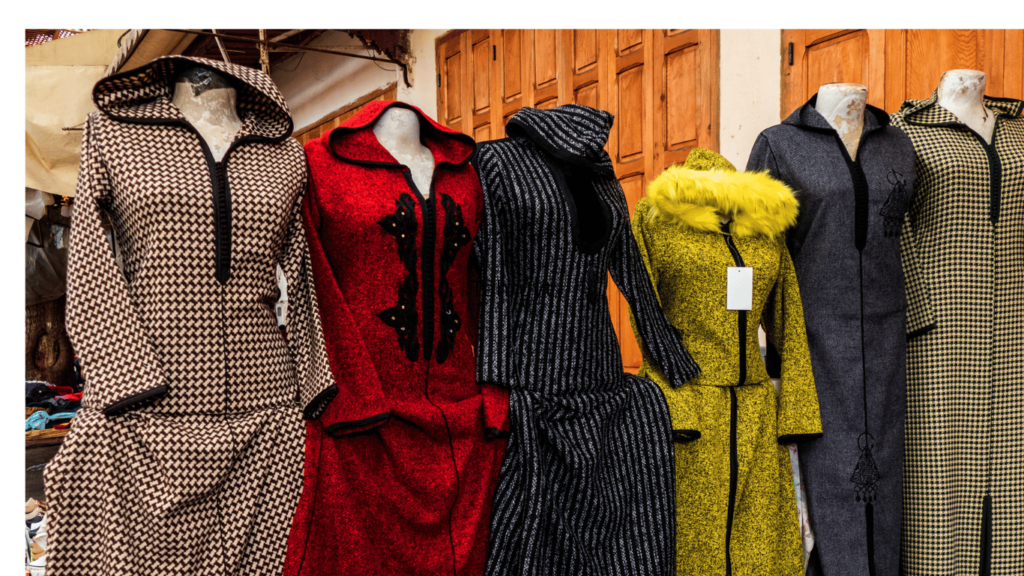
Tahruyt is a long dress for women living in Morocco especially Berber ladies living in the mountain areas. Consists of two pieces of cloth decorated with embroidery that ladies wear on their heads. People also call it a head scarf.
Generally, it was famous that bedeck embroidery originates from the traditions of tattooing on the face in the Berber tribes. Symbolic place of facial marking with various designs and shapes.
These long pieces of clothing cover the head along with the shoulder. Furthermore, the main purpose of wearing it is to hide the face outside the house and in the house as well.
Tarbouche
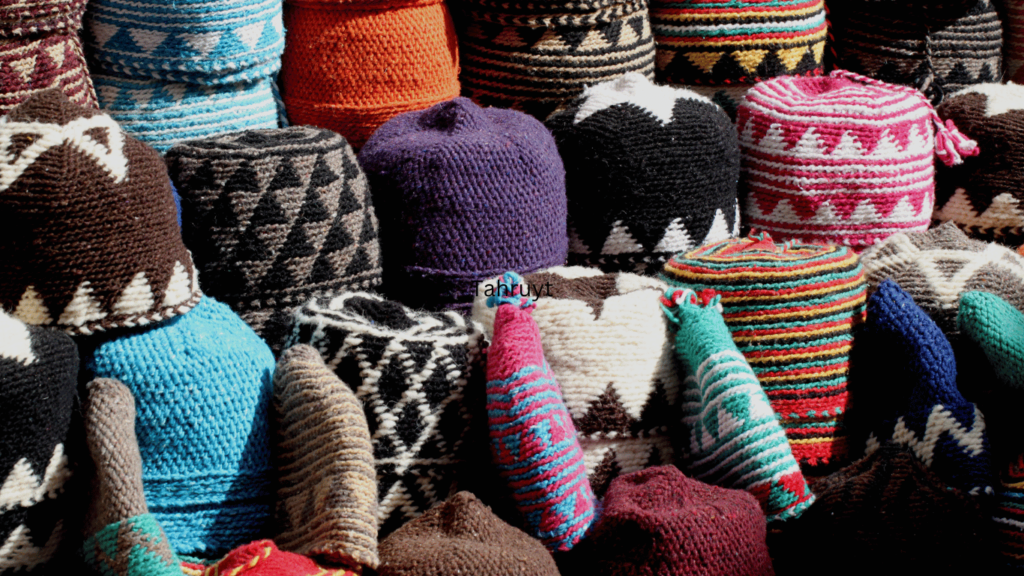
It has a neck named fez. First, the Moroccan state was famous for the word fez. Moreover, the Tarbouche is a rigid hat related to the bottom of the cone.
Now it is famous for some people wearing it in Morocco. Similarly, the official uniform includes the Tarbouche. The Royal Guard also wears it on ceremonial duties.
The fez hat is the symbol of the identity of the Moroccan men. The fez has a very old cultural history. The people with this attire feel proud and honored. It is also religious to wear it on the head during prayer.
Hijab
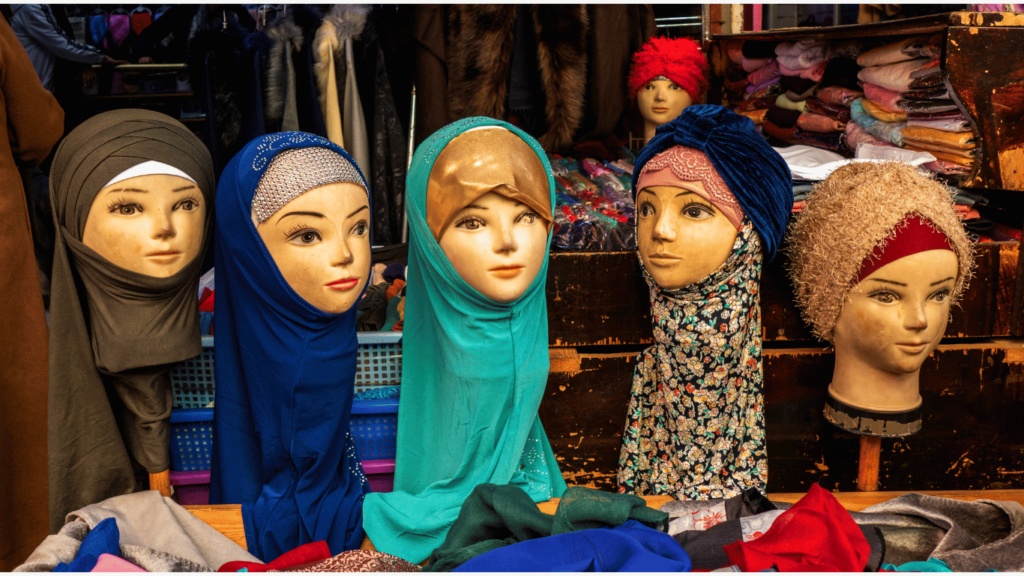
The hijab is a covering that is applicable only to women. It covers the whole body from head to foot. Further, its primary purpose is to obey the order of God, which has religious significance in Muslims.
There are various varieties of colors and designs. Moreover, Women like matching the abaya with the hijab so that they look more stylish
Amazigh Dress
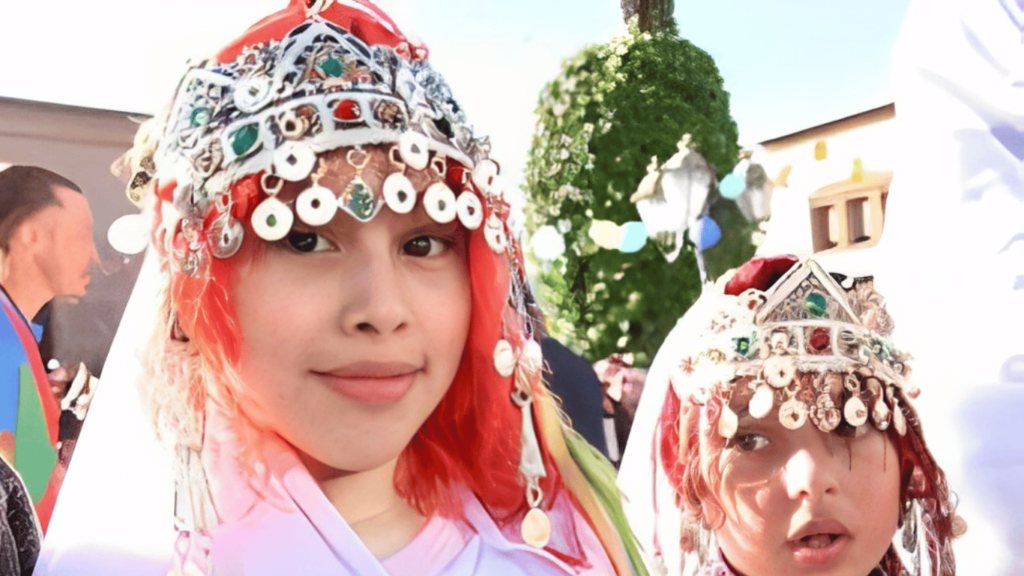
There is a diversity of dresses in the various ethnic Berber tribes of Morocco. All the tribes have their own cultural and traditional attire.
The women select colorful garments along with multiple designs and ornate with much decorative material. at the same time, the men wear hooded cloaks and turbans.
These garments help to transmit Berber culture and history from one generation to the next. In this way, people save their cultural dresses and culture.
Burnous
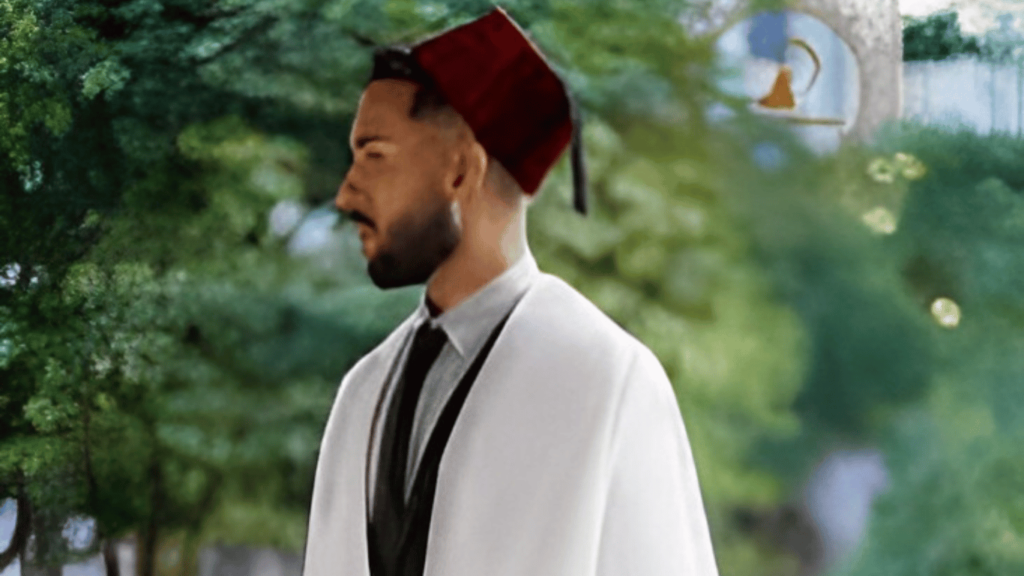
Lastly, People from Arab and Berber traditions in North Africa typically wear the Burnous, which is a woolen garment with Arabic origins. Usually, people wear white in color for men. Having a large wrap with a hood.
In the old days, the elite class men wore it on special events. Recently, people of all social standards have worn it on special occasions, weddings, religious traditions, and national events

